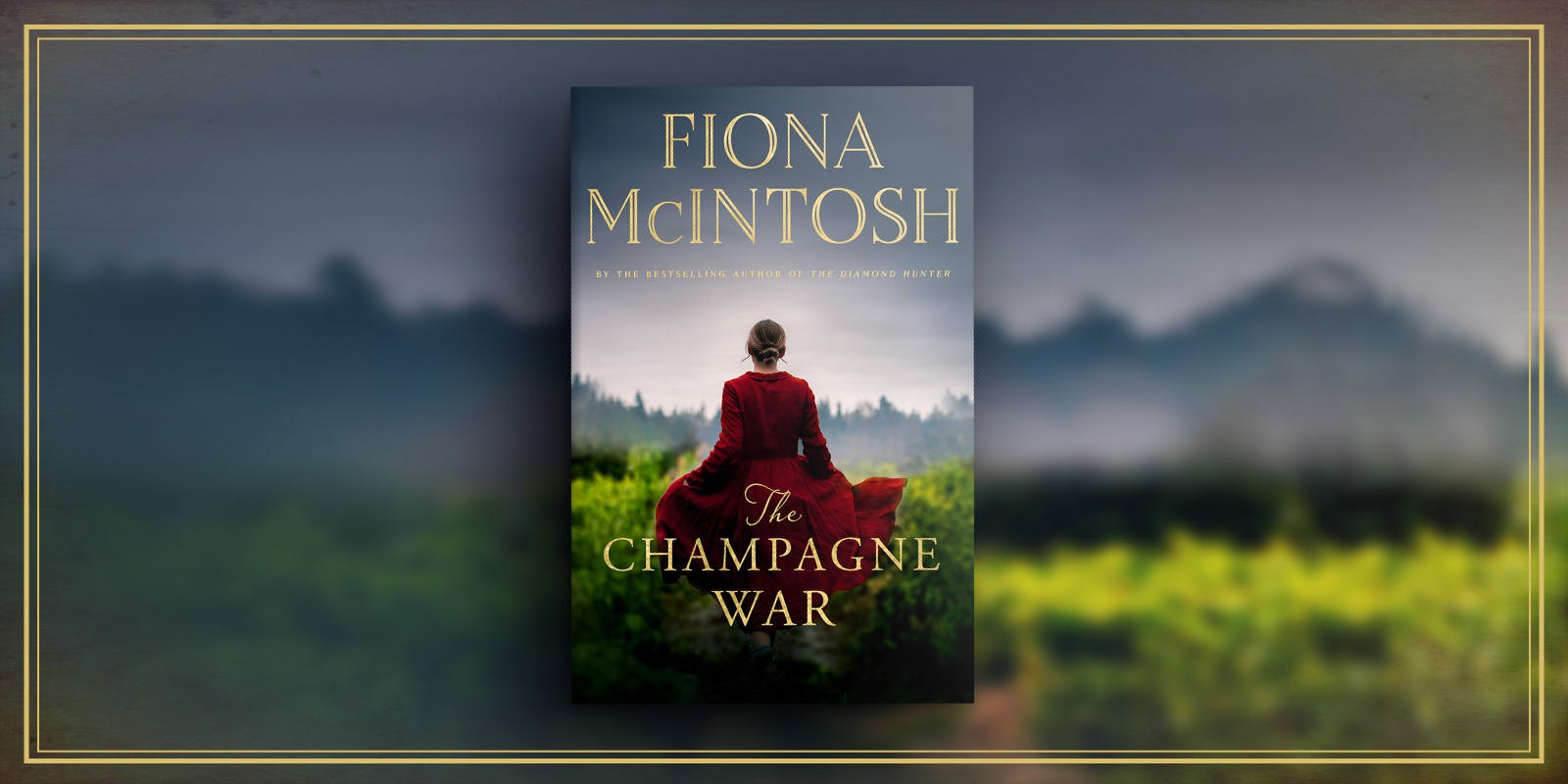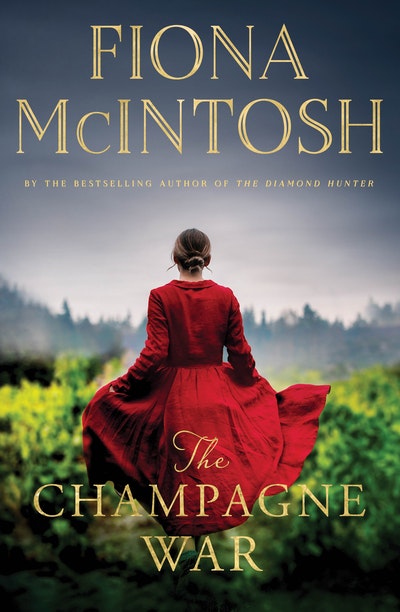Fiona McIntosh shares five surprising facts she learned while researching The Champagne War.
In Fiona McIntosh’s The Champagne War, rural France’s famous vineyards form a stunning backdrop to a heart-stopping adventure about the true power of love and hope during World War One. Naturally, for Fiona, roaming the world and drawing inspiration from the people, places and produce she encounters is an industrial necessity. (We know: half her luck, right?) So it’s no wonder she decided to place a novel in this most romantic and evocative of settings. Here Fiona reveals five surprising things she learned while researching The Champagne War.
- All that stood between the Kaiser’s Army and its target – Paris – was the sprawling vineyards of the Champagne region and the city of Rheims. If the two major offensives by the German army in that region had not been resisted, Paris would have fallen and Europe might have looked very different.
- The entire city of Rheims was razed during WWI – including its glorious cathedral – and its civilians lived a subterranean life of survival for four years underground in the ancient champagne cellars that ran for hundreds of kilometres below the city. Children were born, raised, taken to school beneath the city. City council meetings, hospital, residential life… even concerts took place in the champagne caves.
- There was such a massive sugar shortage that it was impossible to get hold of once stocks ran out. Sugar beet fields were turned to trenches, which meant the entire champagne industry was gravely threatened; most of it on hold during the worst times.
- Life in Paris continued somewhat normally, including restaurants, parties, opera and concerts, despite war on its north-eastern border, and its troops fighting in Flanders as much as along the eastern border of France.
- Polish-born Marie Curie had to quickly acquire French so that she could study at the Sorbonne in Paris. She and her husband shared the Nobel Prize for their research into spontaneous radiation with Becquerel who discovered it. And then to top that she won the Nobel Prize in her own right, this time in chemistry, in recognition of her work into radioactivity. She developed a troop of mobile x-ray units during WWI and drove them right up to the field hospitals at the front line, making a world of difference to the treatment of injured soldiers.














